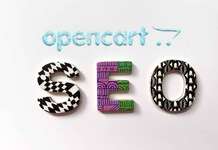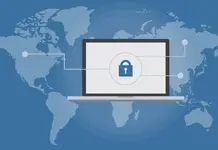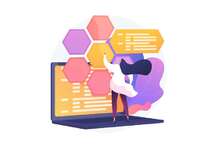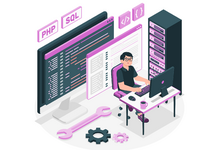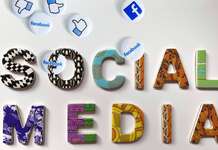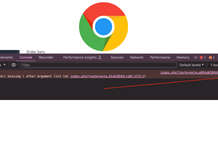You’ve probably heard the term ” Internet of Things ” from a friend or colleague, read in an article, or seen in an advertisement. The definition of IoT is broad and covers a lot of information. Simply put, IoT refers to the network of connected objects that can collect and exchange data using embedded sensors. IoT devices are connected to the Internet through special-purpose networks such as SigFox or LORA or the same networks and technologies used by mobile phones.
If you’re reading this post from your phone or laptop, chances are you’re currently using Internet of Things software. If you’ve driven or taken public transportation today, chances are you’ve relied on IoT technology.
In this post, we will see some examples of how the Internet of Things is used in everyday life and you will still be surprised at how much you are already connected without realizing it.
Internet of things in health
With the introduction of IoT applications in the healthcare sector, patient care becomes more accessible to everyone. IoT-enabled devices have made remote monitoring possible, allowing doctors to provide personalized medical care.
It has also facilitated patient engagement by making interactions with doctors much more efficient and convenient. Additionally, it has had an impact on costs by minimizing time in the hospital and avoiding readmissions.
The benefits of IoT in health include:
- Telehealth and remote patient monitoring;
- electronic health records;
- IoT boosts preventive healthcare;
- Reduction of errors and waste;
- Better treatment results.
Smart Retail
The potential of IoT in the commerce industry is enormous. Merchants can stay connected with customers to enhance the live in-store experience and also stay connected even outside the store. Interaction through smartphones can help provide better service to consumers.
IoT in the commercial sector is used to improve the design of a store, for example. Based on tracking consumers’ routes during their visit to a store, business decisions can be made, such as where to place premium products in high-traffic areas.
The benefits of IoT in commerce include:
- Better customer service;
- Automated payment;
- Improved supply chain management;
- Product placement optimization;
- Reduce fraud.
Cars connected to the IoT
With smart custom software development services, companies like Tesla and Ford are working to improve the automotive experience.
Their cars are already equipped with Internet access. They can share that access with others, such as connecting to a network in an office or at home. More cars are starting to come equipped with this feature, so get ready to see more apps included in future vehicles.
The unification of machine learning and the Internet of Things helps in numerous aspects of transportation systems, such as fleet management and logistics, parking, and intelligent traffic.
The advantages of IoT in transportation are:
- Advanced navigation;
- Driver and passenger safety;
- Environmental impact;
IoT in cities
IoT is everywhere today, from industrial applications to emergency services, public transportation, public safety, and city lighting. Thanks to technological advances, cities are increasingly connected to the challenge of improving the efficiency of infrastructure facilities, increasing the reliability and responsiveness of emergency services, reducing costs, and more.
With proper connections and data, the Internet of Things can solve traffic jam problems and minimize noise and pollution.
Examples of the Internet of Things in cities
- Smart parking;
- Public transport;
- Street lighting;
- Waste management
- Public security.
Home automation at home
Perhaps the place where the Internet of Things affects us most is very close: at home. The use of IoT and smart systems in the home is already extensive and is growing every year. If you stop for a second to think about it, it is likely that you already live in a smart home.
Use of IoT in home
- Heating and air conditioning control
- Connect and disconnect security alarms
- Open and close windows or doors
- Turn on and off all the lights in the home
- Fire, flood, and gas system
- garden watering
As you can see in these IoT examples, the future of software development services is bright. And with digital transformation evolving every day, new ideas are emerging about the best way to use these devices and the technology behind them. With advancements, it will be interesting to see how our dependence on the Internet of Things will grow.

